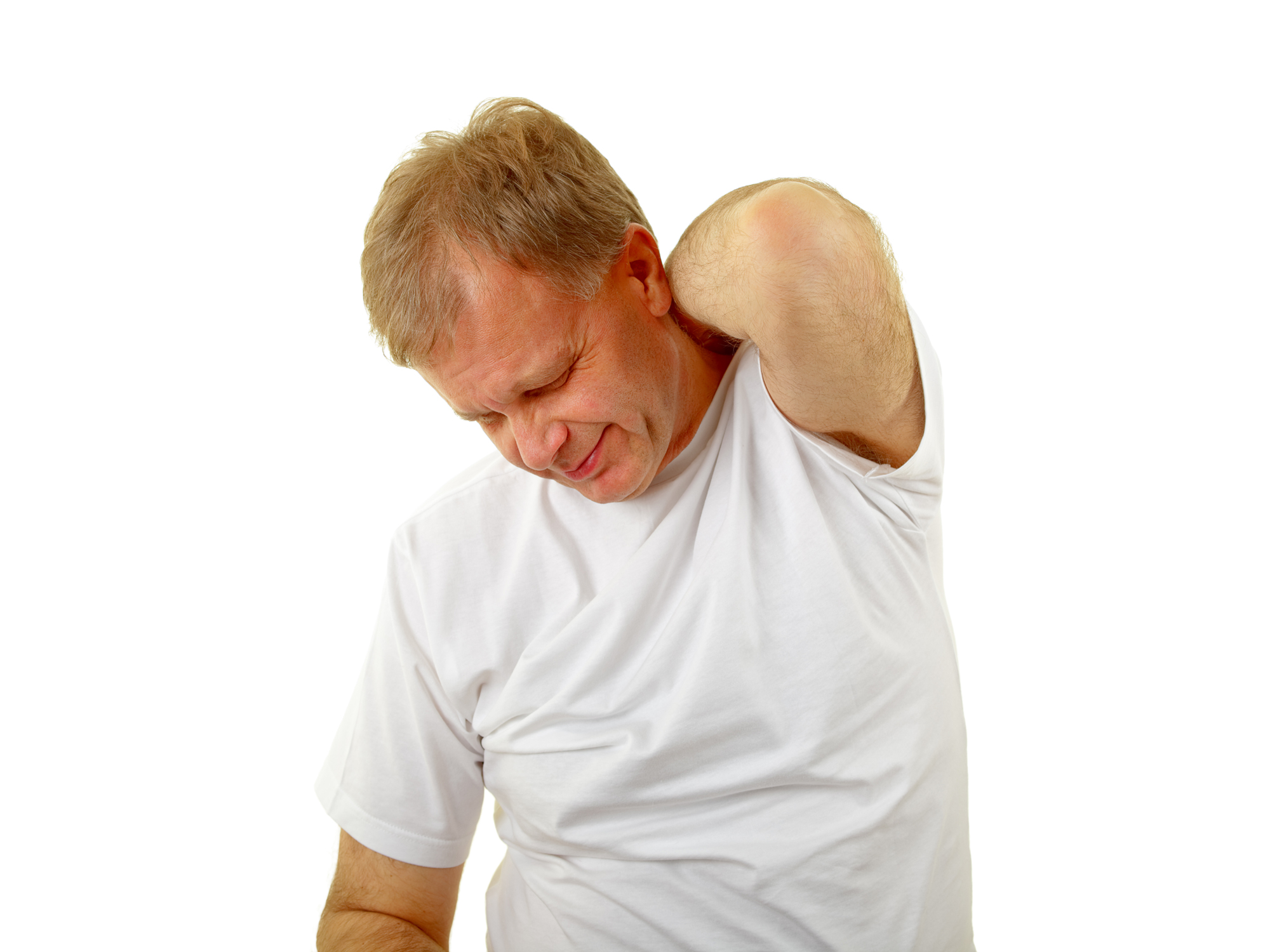Get Easy Health Digest™ in your inbox and don’t miss a thing when you subscribe today. Plus, get the free bonus report, Mother Nature’s Tips, Tricks and Remedies for Cholesterol, Blood Pressure & Blood Sugar as my way of saying welcome to the community!
Best home remedies for poison ivy

When I was a kid, I spent most of my days playing outside…
And as it turns out, I was extremely allergic to poison ivy and came in contact with it often.
My legs and hands would blow up red, and I could not stop itching them. I would coat my rashes in pink calamine lotion and when that didn’t work, I would submerge them in very hot water in the sink to try and find relief.
One day my mother saw me and said I had it all wrong. She then added some water to tablespoon of Mrs. Dash seasoning mix to make a paste and put it over the poison ivy rashes. It helped a bit. Home remedies like this abound; some effective and some not so much. Today let’s take a look at some natural home remedies for treating the symptoms of poison ivy…
A look at poison ivy and related plants
There is a great web resource on all things poison ivy, poison-ivy.org, wherein they explain all the differences in the types of poison ivy and poison oak (of which there are two each), as well as poison sumac. They also offer a map of the USA showing which area are most infected with each of these.
Why poison ivy is so painful…
One of the deadliest natural poisons known is urushiol, and it is the very toxin found within the poison ivy plant. It’s no wonder when we come in contact with it, we rash out. For some with severe allergies, contact with poison ivy can affect their ability to breath and medical attention is immediately required.
Contact with poison ivy causes itching, swelling, blistering, and pain and in some cases, fever. Even if your skin does not touch the plant directly, you can get symptoms if your hands touch your clothing if the oil is still active on them. The symptoms can derail your quality of life for a while, so let’s look at some of the natural home remedies that seem to work best.
Baking soda and oatmeal baths and pastes
One of the best ways to reduce the itching and spread of poison ivy is to dry out the affected areas. Baking soda and oatmeal both do this nicely. Depending on which areas are affected, you can fill the tub or a basin or sink with half a cup of baking soda or a cup of oatmeal and soak. You can also add just enough water to baking soda or cooked oatmeal until the ingredient forms a thick paste. Then apply to the affected area.
Toothpaste, sea salt and vinegar
To relieve itching, many swear by toothpaste for poison ivy and bug bites. Just plain, generic white toothpaste is fine, no need to grab the flavored gels. Making a paste from pink Himalayan sea salt also works, in the same way the Mrs. Dash paste my mother used did. The salt is an astringent and pulls the toxin out of the skin, thus drying the area. Both the salt and toothpaste can help reduce the itching. White vinegar or apple cider vinegar also seems to work well in reducing the itch of poison ivy, working like the salt, as an astringent. Either soak the area or apply a warm, wet compress.
Aloe vera gel and cucumber pulp
The gel-like liquid that is extracted from an aloe vera plant is great for skin rashes, itching and helping to reduce scarring. You can purchase aloe vera gel or, like me, keep a plant in the house for such needs. If you have a plant, simply break off a piece and open it and extract the sticky essence and apply to the affected area. You will feel soothing relief. You can also try scraping out the inside of a cucumber, and putting the pulp on the ivy rash. The cucumber offers cooling relief in much the same way as the aloe vera.
Give these home remedies a try and see how they work the next time you come in contact with poison ivy *(and maybe even poison oak and poison sumac). You can also grab for the old standbys: calamine lotion and OTC antihistamine’s.












